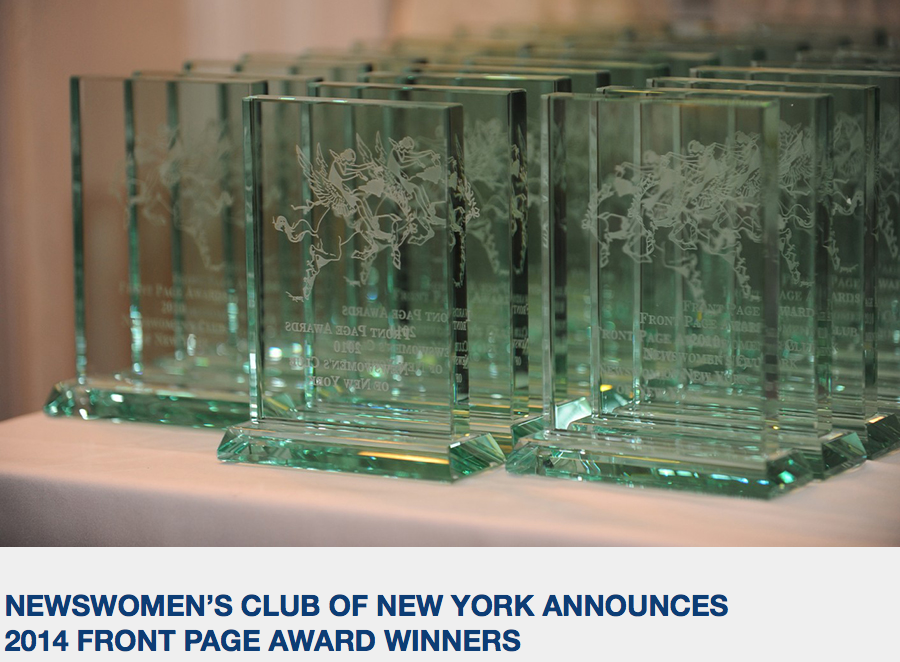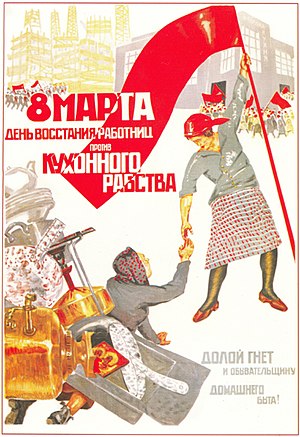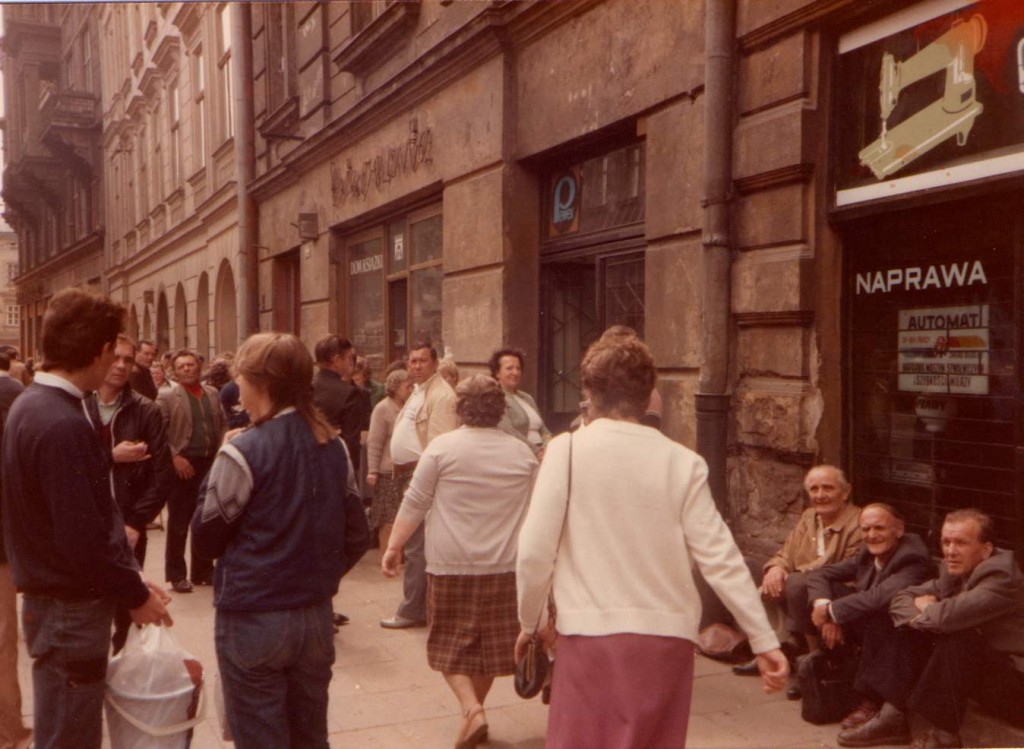In the fall, I wrote a piece for Forbes Middle East on MENA banks and expected 2011 recovery. Due to some politicking at the magazine (this is the third or fourth edit team I believe I have seen trying to get a Forbes magazine going in the Middle East, it’s a tough market for fully disclosed business stories), they chose not to take my story. I think the content is interesting and relevant to today’s banking discussion and so I am printing it here sans an editor’s so excuse any heavy language.
MENA Banks: A Phoenix RisingAfter a tumultuous three years, the banking sector is set to make a comeback in 2011
Dubai investment firm, Essdar Capital, controlled by two members of the Abu Dhabi Royal Family, recently announced plans to launch a $500 million fund that would buy underperforming GCC loans from regional banks at a discount, then restructure and sell the underlying assets.
One of the first such UAE firms of this kind will have a trove of bad bank loans to choose from. Bad bets made before the crisis are still making their way through MENA banks’ balance sheets. Within the region, a host of financial institutions have written off debts made to Saudi Arabian conglomerates, Saad Group and Al Gosaibi group; globally MENA banks suffered because of their direct exposure to the housing market in the United States, real estate products or collateralized debt obligations. By the end of 2008, MENA countries held foreign assets valued at nearly $2 trillion, 60% of which was denominated in United States dollars according to a United Nations report on the impact of the market meltdown.
As a result, by the end of 2008, the liquidity squeeze and loan defaults shaved bank profits by 16% and stock prices plummeted. The shortfall in banks, which comprise up to 50% of market capitalization in GCC countries, helped slice nearly two-thirds of regional stock market values. Governments scrambled to pump money into economies to no avail. 2009 saw a peak in coverage of bad loans, with $10 billion set aside for provisioning in GCC banks, and flat profits. 2010 was more of the same.
“However, banks will emerge with cleaner balance sheets in 2011; there will definitely be a recovery with profit growth expected,” says M.R. Raghu,Senior Vice President-Research at Kuwait Financial Centre S.A.K. (“Markaz”).
He anticipates that lenders and borrowers, who have been overly cautious heretofore will begin to get back in the game. The difference between now and three years ago is that banks are more rigorously conducting due diligence and limiting their exposure to real estate and construction. “In 2011, loan growth will be back around 10% which will bring profits back,” predicts Mr. Raghu.
Also helping: a recovery in crude oil prices. The combined GCC economic growth rate is expected to be over 5% with a channeling of funds from real estate and other illiquid assets into equity and debt instruments. Investment management is also an opportunity. The estimated $2.7 trillion GCC investment pool, with over 95% of funds invested offshore, could potentially flow back into regional markets.
Qatar is in better shape than most GCC countries. The government has provided a great deal of support to the banking sector – the Qatar Sovereign wealth fund bought upwards of 10% of the capital of banks to boost confidence. The International Monetary Fund forecasts 18.6% growth for gas-rich Qatar in 2011, up from 16% this year – the highest in the region.
Mr. Raghu recommends Qatar National Bank (QNB) because of its strong government links. “QNB’s heavy dependence on the government as a source of deposits and a destination for loans works in its favor…[T]he Qatari government is not as likely to default on loans as the private sector would be, providing some measure of assurance and stability to QNB’s outlook,” he writes in a report on the bank.
For the first nine months of 2010, QNB reported net profit increased 32.8% to $1.15 billion compared to the same period last year. Total assets grew 27.1% to $28.8 billion. The bank’s stringent risk management resulted in the ratio of QNB’s non-performing loans at 0.8%, one of the lowest in the region. QNB’s share price is up 33% over the past year, but Mr. Raghu believes there will be more upside. QNB is expanding internationally, growing branches in Oman, Sudan and Syria and adding to investments across the region.
Saudi Arabia, which has the second largest Arab banking sector after the UAE, is recovering as well and worth an investor’s attention. The pros according to Mr. Raghu: limited players and a highly regulated market. The Saudi government aggressively intervened to stabilize the financial system. Saudi Arabia’s monetary agency, Sama, poured $3 billion in long-term deposits into the banking system and the country’s Supreme Economic Council promised to guarantee deposits. And, according to the IMF, with higher oil prices filling government coffers, Saudi Arabia’s GDP is expect to grow to 4.5% in 2011.
Mr. Raghu recommends two Saudia Arabian banks: Al Rajhi Bank and Samba Financial Group. A recent analysis by investment bank, Credit Suisse, found that the two banks generated the highest return on equity of Saudi Arabian banks, 21.5% and 17.6% respectively; both are also well positioned to cover poor performing loans.
For the first nine months of 2010, Al Rajhi, the largest GCC bank by market capitalization and owned by the billionaire Al Rajhi family, reported net income of $1.35 billion. Total assets increased 11% to $48.4 billion based in part on growth in retail loans and deposits. Al Rajhi’s stock price is down 10% from a March annual peak, and Mr. Raghu thinks an uptick is imminent.
Samba, though not growing as quickly – indeed the bank reported a nine-month profitability decline of 5.1% – has a strong balance sheet. “Samba’s financial profile has continued to strengthen, supported by resilient financial performance, solid capitalization and strong funding and liquidity indicators,” according to Standard and Poor’s credit analyst Nicolas Hardy. The company’s stock price is up 9% over the past year. As one of the leading brokers in Saudi Arabia, it is likely to benefit when trading volumes return to higher levels.
Kuwait, which was rocked by a banking panic when its Gulf Bank announced over $1 billion in derivatives losses, is also back on track. The government stepped in with a slew of initiatives from short-term repurchase agreements to give banks funding, to investing in the stock market and to passing laws guaranteeing all bank deposits. The IMF predicts Kuwait’s GDP will expand by 4.4% in 2011, after modest growth this year and a contraction in 2009.
Mr. Raghu says the National Bank of Kuwait (NBK) and Kuwait Finance House are leading Kuwait’s rebound. “Kuwait banks’ balance sheets are in a relatively healthier position than their GCC peers,” according to Mr. Raghu.
For the first nine months of 2010, Kuwait’s largest bank, NBK, announced net profits were up 11.4% to $740 million. Total assets in the same period reached $44 billion. The bank’s stock price is up 27% over the past year, but still below its five-year peek in 2008. Mr. Raghu believes expansion in growing markets like Syria will improve the bank’s position.
Kuwait Finance House, one of region’s largest Islamic banks, reported total assets were up by 11% for the first half of the year to $42.5 billion. The bank’s stock price is up a modest 3% over the past year, and is set to go higher says Mr. Raghu.
Mr. Raghu states that banks in the UAE and Oman continue to be troubled, and other GCC countries are too small for investors to risk. In the broader region, banks in Egypt and Syria may provide opportunities for investors in the future; in the meantime the banks Mr. Raghu recommends are already making inroads into these fertile environments.
 Thank you for reading the pieces and please help me in thanking my partners in coverage, Halyna Klymuk Chomiak, and Yuri Aksyonov, a freelance reporter based out of Kiev, for their local insights and knowledge and inspiration.
Thank you for reading the pieces and please help me in thanking my partners in coverage, Halyna Klymuk Chomiak, and Yuri Aksyonov, a freelance reporter based out of Kiev, for their local insights and knowledge and inspiration.









 (built between 1952 and 1955 as Joseph Stalin’s “gift” to Warsaw) doesn’t seem so imposing anymore. It’s now more on an arts complex, surrounded by half a dozen theaters. I also went to my first theater piece this year in Warsaw, Ingmar Bergman’s Wiarolomni (aka “Faithless”).
(built between 1952 and 1955 as Joseph Stalin’s “gift” to Warsaw) doesn’t seem so imposing anymore. It’s now more on an arts complex, surrounded by half a dozen theaters. I also went to my first theater piece this year in Warsaw, Ingmar Bergman’s Wiarolomni (aka “Faithless”).










